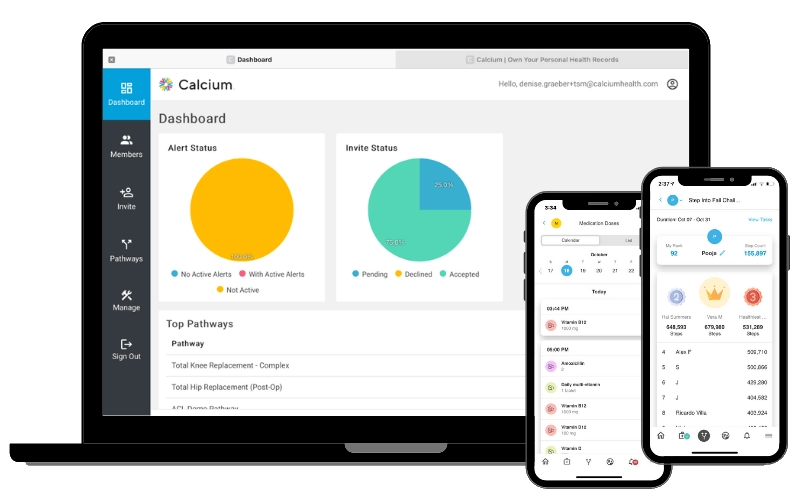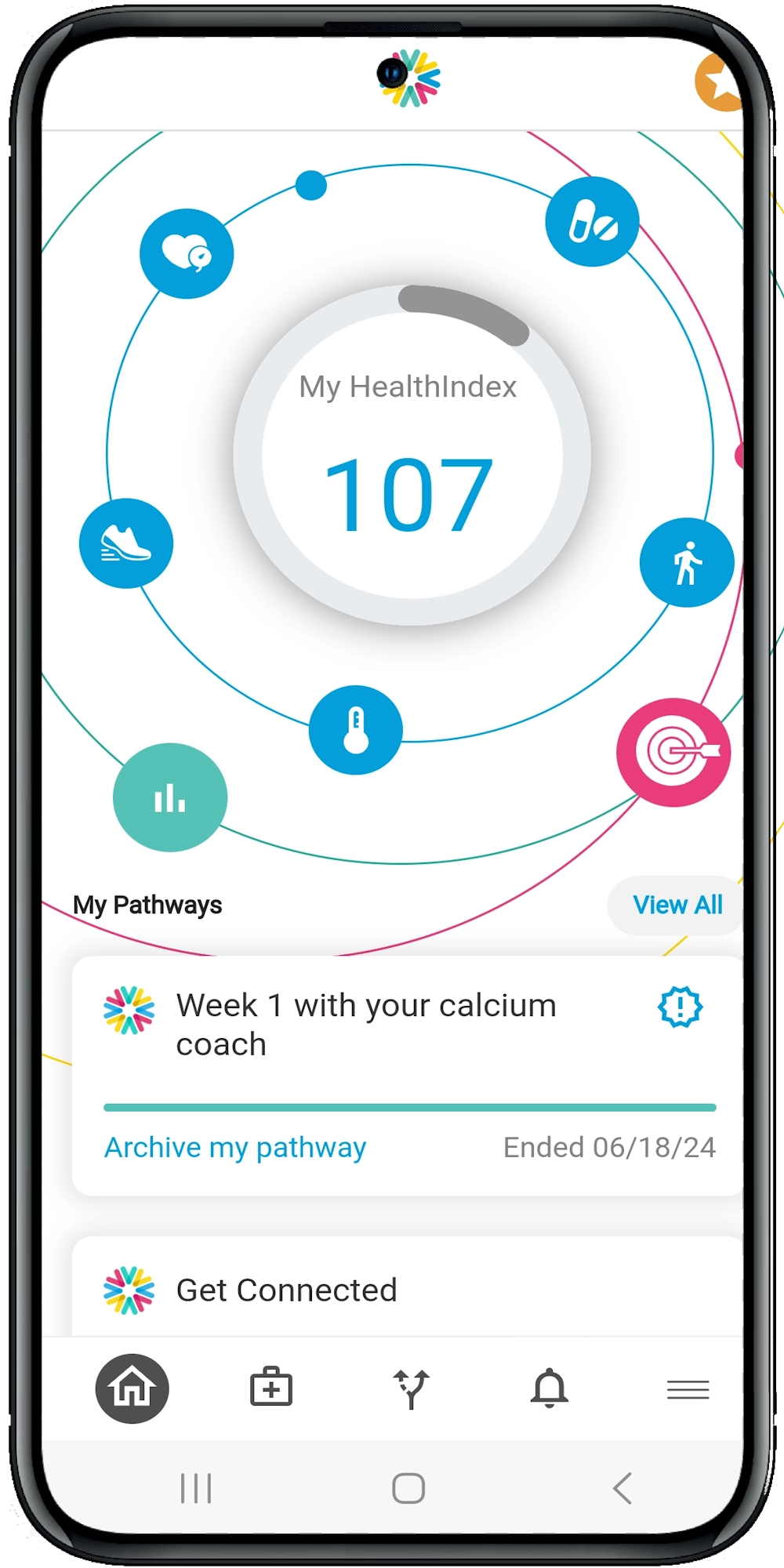Enhancing Sleep Apnea Patient Follow-Up with Digital Tools
The Importance of Follow-Up in Sleep Apnea Care
Sleep apnea is a chronic condition that requires ongoing management. Without consistent follow-up, patients may not adhere to treatment plans, leading to worsening symptoms and increased health risks. Follow-up care ensures:
- Adherence to CPAP Therapy: Continuous Positive Airway Pressure (CPAP) therapy is the gold standard for treating sleep apnea. However, many patients struggle with compliance. Regular follow-ups help monitor and encourage adherence.
- Symptom Monitoring: Sleep apnea symptoms can fluctuate. Follow-up visits allow healthcare providers to track changes and adjust treatments accordingly.
- Equipment Maintenance: CPAP machines and other devices need regular maintenance. Follow-ups ensure that equipment is functioning correctly and that patients know how to use it properly.
Digital Tools Transforming Sleep Apnea Follow-Up
Digital health tools have revolutionized the way we approach patient care, making follow-up more accessible and effective. Here are some key digital tools that can enhance sleep apnea patient follow-up:
1. Telemedicine Platforms
Telemedicine has become a game-changer in healthcare, especially for chronic conditions like sleep apnea. Through virtual consultations, healthcare providers can:
- Conduct Regular Check-Ins: Virtual visits make it easier for patients to attend follow-up appointments without the hassle of travel.
- Monitor Symptoms Remotely: Patients can report symptoms and concerns in real-time, allowing for prompt interventions.
- Offer Personalized Advice: Tailored guidance can be provided based on the patient’s current condition and treatment progress.
2. Mobile Health Apps
Mobile health apps are another powerful tool for enhancing follow-up care. These apps can:
- Track CPAP Usage: Many CPAP machines now come with integrated apps that track usage and provide data to both patients and healthcare providers.
- Send Reminders: Regular reminders for medication, CPAP use, and follow-up appointments can improve adherence.
- Facilitate Communication: In-app messaging allows for quick communication between patients and healthcare providers, addressing concerns promptly.
3. Wearable Devices
Wearable devices, such as smartwatches and fitness trackers, can provide valuable data for managing sleep apnea. These devices can:
- Monitor Sleep Patterns: Track sleep duration, quality, and disturbances, providing insights into the patient’s condition.
- Detect Apnea Events: Some advanced wearables can detect apnea events and alert the user, prompting them to seek medical advice.
- Encourage Healthy Habits: Features like activity tracking and heart rate monitoring can motivate patients to adopt healthier lifestyles, which can improve sleep apnea symptoms.
4. Remote Patient Monitoring (RPM)
RPM involves the use of digital technologies to collect health data from patients in one location and electronically transmit it to healthcare providers in a different location. For sleep apnea patients, RPM can:
- Provide Continuous Monitoring: Continuous data collection allows for real-time monitoring of sleep patterns and apnea events.
- Enable Early Intervention: By identifying issues early, healthcare providers can intervene before the patient’s condition worsens.
- Improve Patient Engagement: Patients who see their progress and data are often more engaged in their care and more likely to adhere to treatment plans.
Implementing Digital Tools in Sleep Apnea Follow-Up
Integrating digital tools into your practice may seem daunting, but with the right approach, it can be seamless and highly beneficial. Here are some steps to get started:
1. Assess Your Needs
Evaluate your current follow-up processes and identify areas where digital tools can make a difference. Consider factors such as patient demographics, common barriers to follow-up, and the types of data you need to collect.
2. Choose the Right Tools
Not all digital tools are created equal. Choose tools that are user-friendly, reliable, and compatible with your existing systems. Look for features like:
- Ease of Use: Both patients and healthcare providers should find the tool easy to use.
- Data Security: Ensure the tool complies with HIPAA and other relevant regulations to protect patient data.
- Integration Capabilities: The tool should integrate seamlessly with your electronic health record (EHR) system and other digital health platforms.
3. Train Your Team
Proper training is essential for successful implementation. Ensure that your team understands how to use the tools and can troubleshoot common issues. Provide ongoing training and support to keep everyone up-to-date with the latest features and best practices.
4. Educate Your Patients
Patients need to understand the benefits of digital tools and how to use them effectively. Provide clear instructions and resources, such as user manuals and video tutorials. Encourage patients to ask questions and provide feedback to improve the experience.
5. Monitor and Adjust
Regularly review the effectiveness of the digital tools and make adjustments as needed. Collect feedback from both patients and healthcare providers to identify areas for improvement. Stay informed about new developments in digital health to continuously enhance your follow-up care.
Summary and Suggestions
Digital tools offer a wealth of opportunities to enhance sleep apnea patient follow-up, improving adherence, monitoring, and overall patient outcomes. By integrating telemedicine platforms, mobile health apps, wearable devices, and remote patient monitoring into your practice, you can provide more efficient and effective care. Ready to take your sleep apnea follow-up to the next level? Explore our other resources or schedule a demo to learn more about our digital health platform and solutions.





